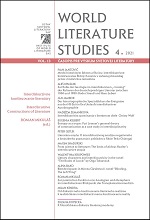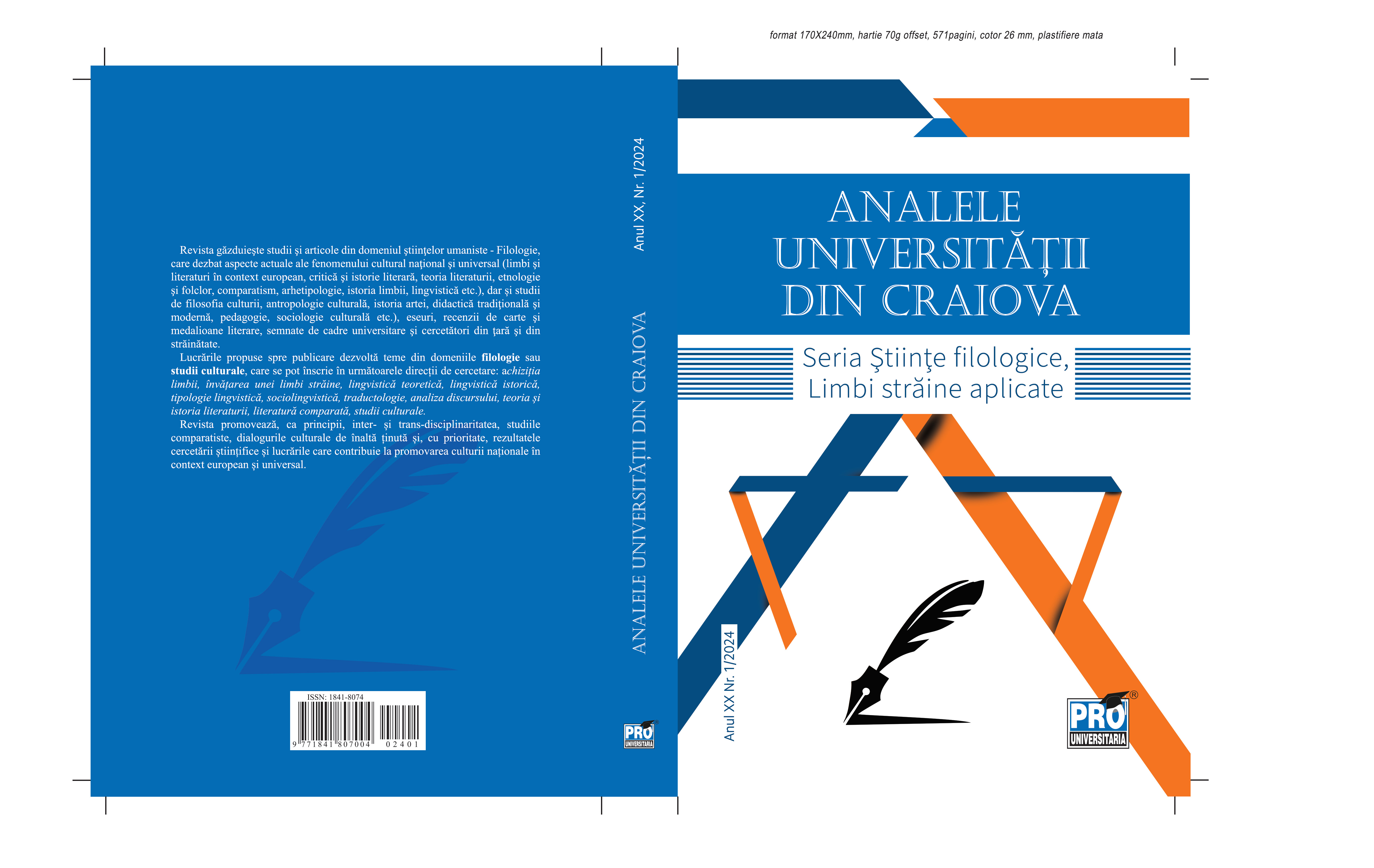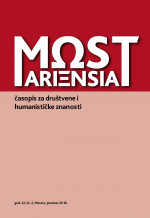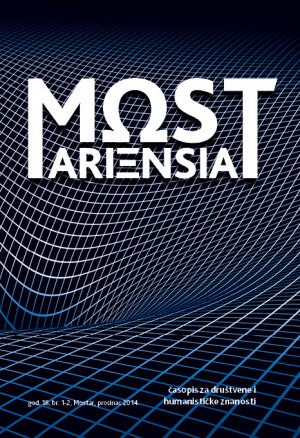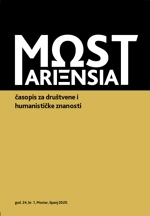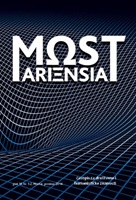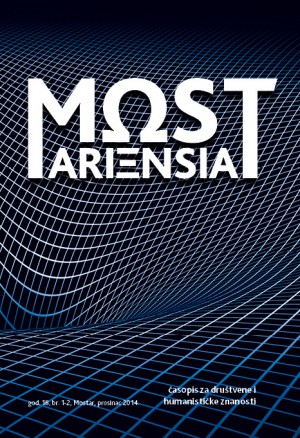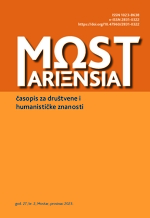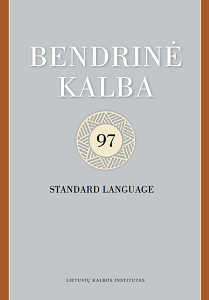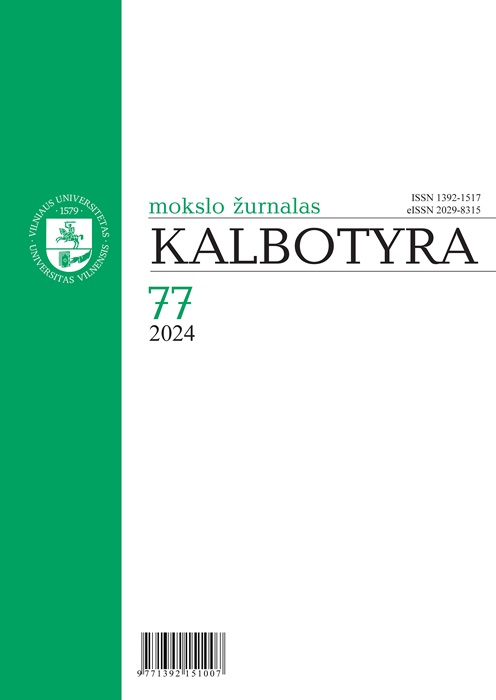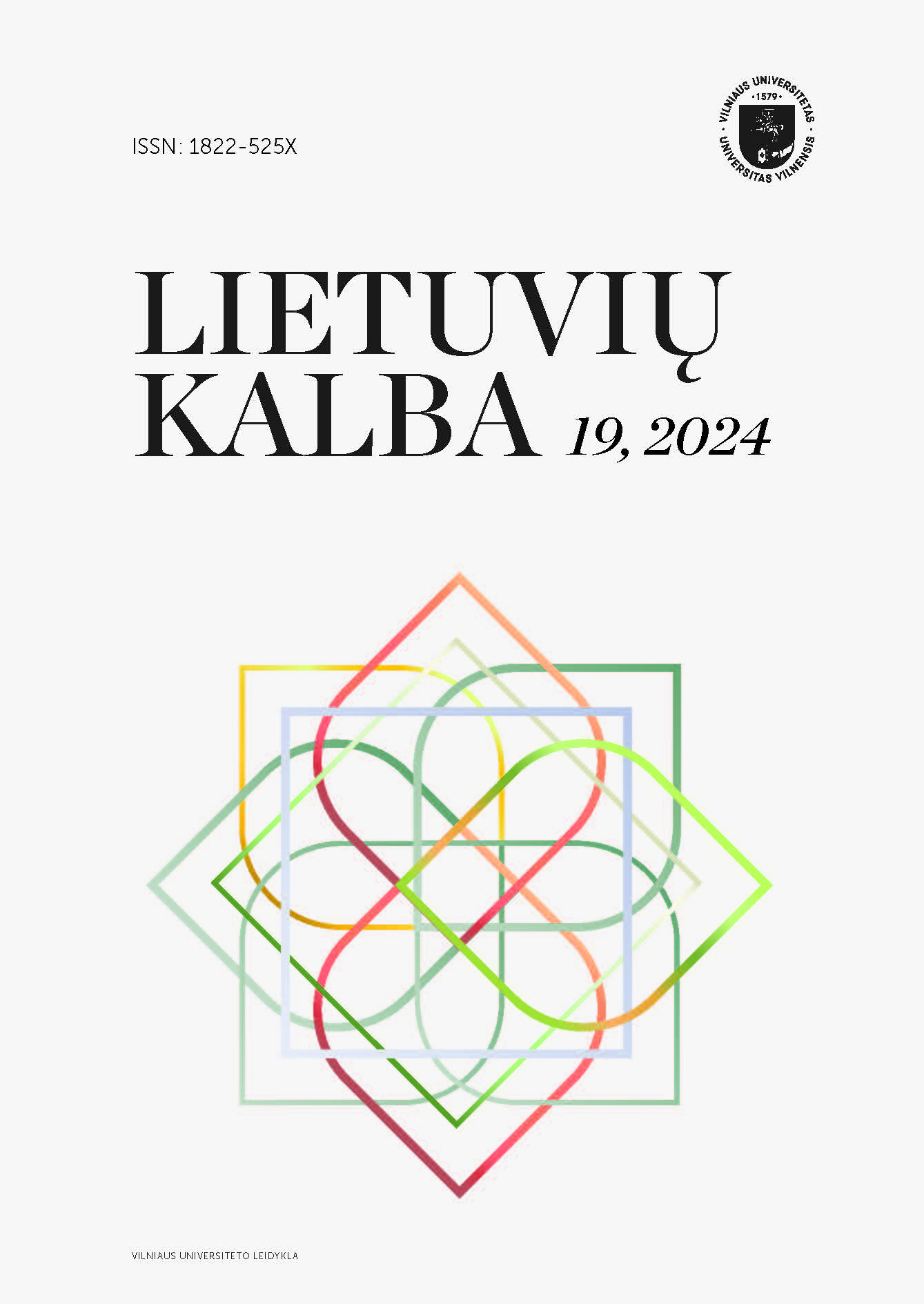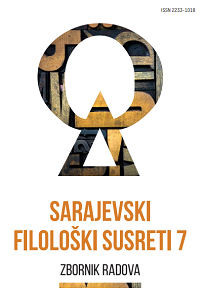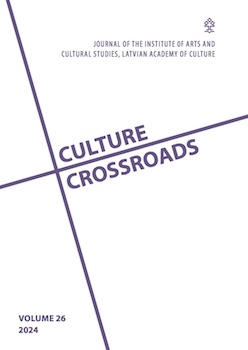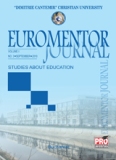
LANGUAGE PORTRAIT OF MOTIVATIONAL SPEAKER
The article deals with language portrait of motivational speaker. The purpose of the study is to try to give description of such language personality, create his language portrait based on analysis of language means abundant in motivational speeches. The methodology of our study comprises scientific methods and tools applicable to investigating language portrait of the studied type of speaker, particularly semantic and structural analysis. We use the term language personality in the sense of referring to one individual of a certain language community who has a particular set of language skills and qualities. Language personality is thought by us in two aspects: 1) as a characteristic of a certain individuality; 2) as description of typical personality. The article supports the idea of language personality of motivational speaker as such manifesting himself in speech, having knowledge, charisma, ability to persuade. Whereas language portrait of motivational speaker is an organized structure comprising linguistic, personal and psychological factors. While building language portrait we have analyzed communicative type of motivational speaker, defined reinforcing vocabulary, grammar and syntax, described aspects of motivational speeches, investigated the elements and techniques of speech.
More...
